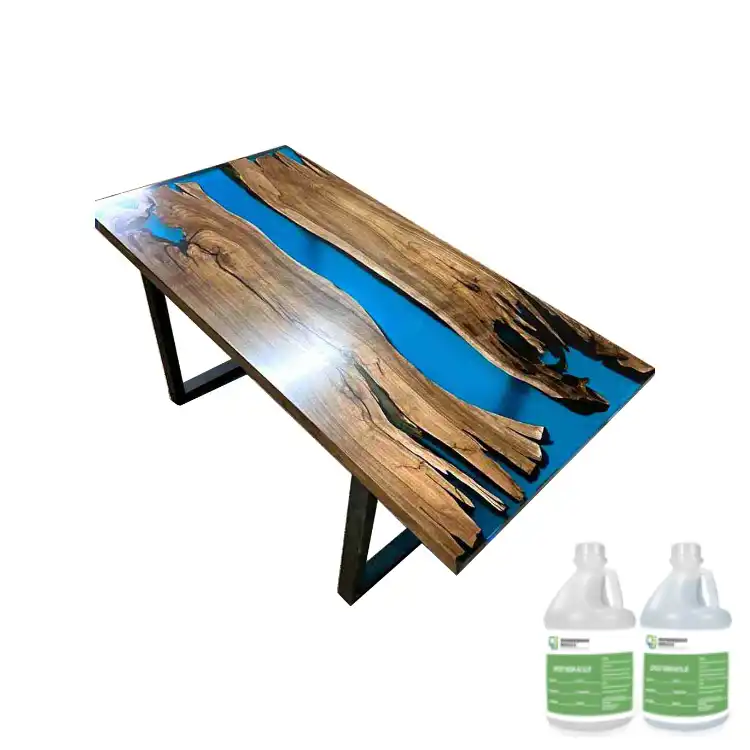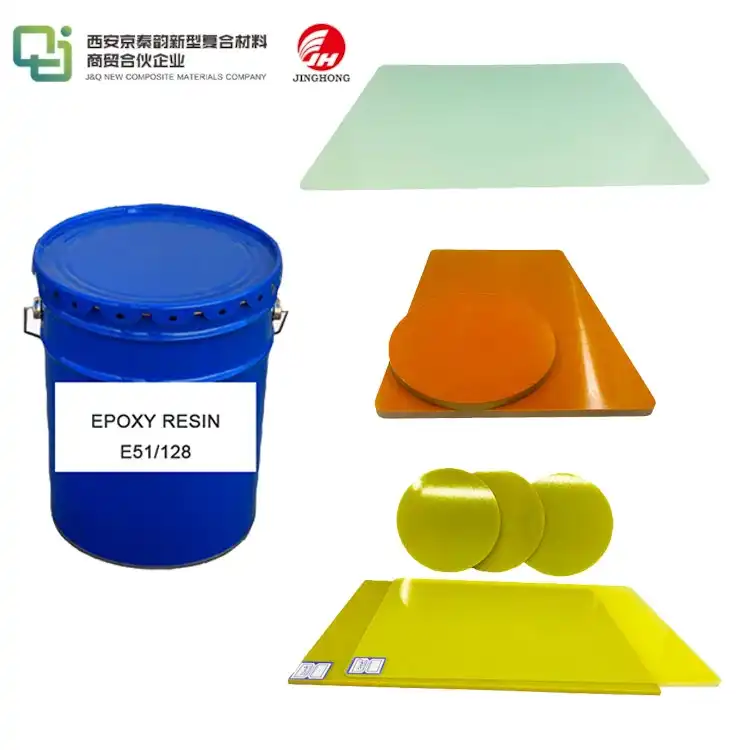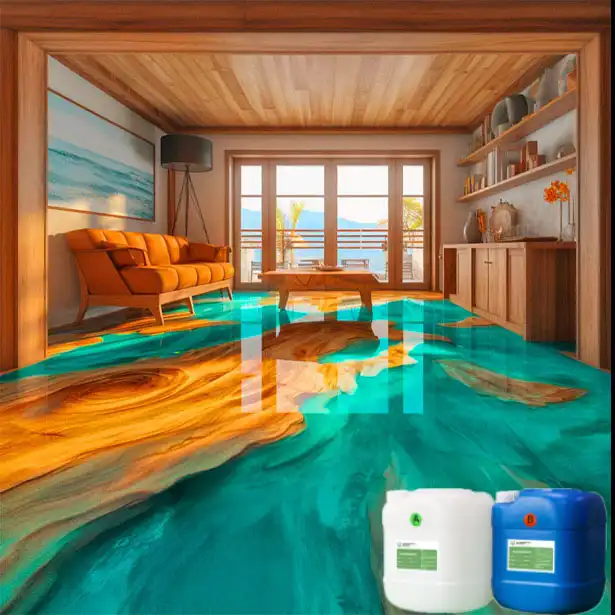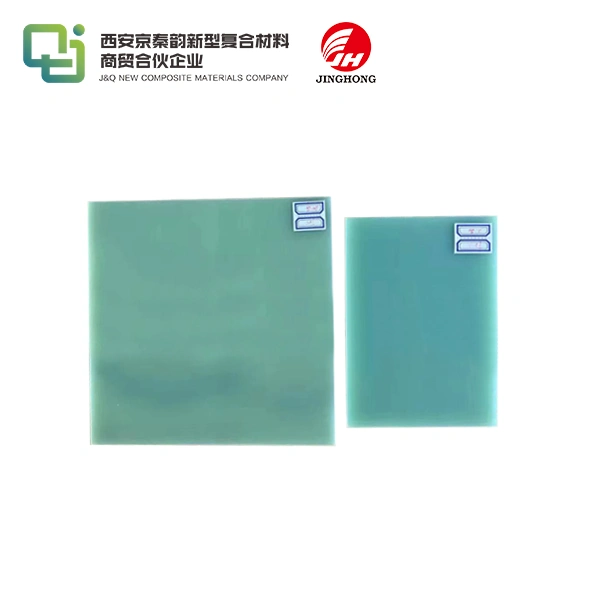Why is 3240 epoxy sheet less prone to deformation at high temperatures?
2025-02-06 17:11:10
3240 epoxy sheet exhibits remarkable resistance to deformation at elevated temperatures due to its unique composition and manufacturing process. This exceptional thermal stability stems from the sheet's high glass transition temperature (Tg), typically ranging from 180°C to 220°C. The epoxy resin used in 3240 sheets is formulated with advanced cross-linking agents and reinforced with glass fibers, creating a robust three-dimensional network structure. This intricate molecular architecture enhances the material's ability to maintain its shape and mechanical properties under thermal stress. Additionally, the inclusion of heat-resistant additives and the optimized curing process contribute to the sheet's superior dimensional stability, making it an ideal choice for high-temperature applications in various industries.
Composition and Structure of 3240 Epoxy Sheet
Chemical Composition and Molecular Structure
The 3240 epoxy sheet's exceptional thermal stability is rooted in its chemical composition. This advanced material is crafted using a carefully selected blend of epoxy resins, hardeners, and reinforcing agents. The epoxy matrix is typically based on bisphenol A or F epoxy resins, known for their excellent thermal and mechanical properties. These resins are combined with specialized hardeners, such as aromatic amines or anhydrides, which facilitate the formation of a highly cross-linked network structure.
At the molecular level, the 3240 epoxy sheet exhibits a densely interconnected three-dimensional structure. This network is characterized by strong covalent bonds between the epoxy molecules and the hardening agents. The resulting molecular architecture resembles a rigid lattice, which significantly contributes to the material's ability to resist deformation under thermal stress. The high degree of cross-linking also imparts enhanced chemical resistance and mechanical strength to the epoxy sheet.
Reinforcement with Glass Fibers
A key factor in the 3240 epoxy sheet's thermal stability is the incorporation of glass fibers as reinforcement. These fibers are typically E-glass or S-glass, known for their high tensile strength and excellent temperature resistance. The glass fibers are strategically dispersed throughout the epoxy matrix, creating a composite material with superior mechanical and thermal properties.
The glass fibers serve multiple purposes in enhancing the sheet's performance at high temperatures. They provide additional structural support, helping to maintain the sheet's dimensional stability under thermal stress. The fibers also act as thermal conductors, aiding in the distribution of heat throughout the material and preventing localized hot spots that could lead to deformation. Furthermore, the interface between the glass fibers and the epoxy matrix creates micro-regions that can absorb and dissipate thermal energy, further contributing to the sheet's overall thermal resistance.
Heat-Resistant Additives and Fillers
To further enhance the 3240 epoxy sheet's resistance to high-temperature deformation, manufacturers incorporate specialized heat-resistant additives and fillers. These additives are carefully selected to complement the base epoxy formulation and improve its thermal performance without compromising other desirable properties.
Common heat-resistant additives used in 3240 epoxy sheets include silica-based compounds, alumina, and boron nitride. These materials have inherently high melting points and low coefficients of thermal expansion, which help to stabilize the epoxy matrix at elevated temperatures. Some formulations may also include nanoparticles or ceramic fillers, which can significantly improve the sheet's thermal conductivity and heat dissipation capabilities. The synergistic effect of these additives, combined with the epoxy resin and glass fiber reinforcement, results in a material that maintains its structural integrity and dimensional stability even under extreme thermal conditions.
Manufacturing Process and Its Impact on Thermal Stability
Precision Mixing and Dispersion Techniques
The manufacturing process of 3240 epoxy sheets plays a crucial role in their exceptional thermal stability. It begins with the precise mixing of the epoxy resin, hardeners, and additives. Advanced dispersion techniques are employed to ensure uniform distribution of all components, particularly the heat-resistant additives and glass fibers. This homogeneous dispersion is critical for achieving consistent thermal performance throughout the sheet.
Manufacturers often utilize high-shear mixing equipment and specialized dispersing agents to break down agglomerates and achieve optimal particle size distribution. The mixing process is carefully controlled to prevent the introduction of air bubbles or contaminants that could compromise the sheet's thermal and mechanical properties. Some advanced production facilities employ computer-controlled mixing systems to maintain precise ratios and mixing conditions, ensuring batch-to-batch consistency in the final product.
Optimized Curing Process
The curing process is a critical step in the production of 3240 epoxy sheets, significantly influencing their thermal stability. Manufacturers employ carefully optimized curing cycles that involve precise control of temperature, time, and pressure. This process is designed to maximize the cross-linking density of the epoxy matrix, which directly correlates with the sheet's resistance to high-temperature deformation.
Typically, the curing process involves multiple stages, including an initial gel phase followed by a post-cure at elevated temperatures. The post-cure step is particularly important for enhancing thermal stability, as it allows for additional cross-linking reactions to occur and relieves internal stresses within the material. Some advanced manufacturing processes may incorporate step-curing or dynamic curing profiles to further optimize the material's thermal and mechanical properties.
Quality Control and Testing
Rigorous quality control measures and comprehensive testing protocols are integral to ensuring the superior thermal stability of 3240 epoxy sheets. Throughout the manufacturing process, various parameters are closely monitored and controlled to maintain consistency and quality. These may include raw material specifications, mixing ratios, curing temperatures, and production environment conditions.
After production, each batch of 3240 epoxy sheets undergoes extensive testing to verify its thermal performance. Common tests include differential scanning calorimetry (DSC) to measure the glass transition temperature, thermomechanical analysis (TMA) to assess dimensional stability at high temperatures, and heat deflection temperature (HDT) tests to evaluate resistance to deformation under load at elevated temperatures. Additionally, accelerated aging tests may be conducted to predict long-term thermal stability and performance in various applications.

Applications and Performance in High-Temperature Environments
Industrial Applications
The exceptional thermal stability of 3240 epoxy sheets makes them invaluable in a wide range of industrial applications where high-temperature resistance is crucial. In the aerospace industry, these sheets are utilized in the fabrication of aircraft components that are exposed to extreme temperature variations, such as engine nacelles and interior panels. The automotive sector employs 3240 epoxy sheets in the production of under-hood components and electrical insulation for high-performance vehicles.
In the electronics industry, 3240 epoxy sheets serve as reliable substrates for printed circuit boards (PCBs) in high-temperature environments, such as those found in industrial control systems and power electronics. The material's dimensional stability at elevated temperatures ensures the integrity of electrical connections and prevents warpage that could lead to component failure. Additionally, 3240 epoxy sheets find applications in the manufacturing of molds and tooling for high-temperature processing, where their resistance to deformation is essential for maintaining precise dimensions and surface finishes.
Performance in Extreme Conditions
The 3240 epoxy sheet's ability to maintain its structural integrity and mechanical properties in extreme conditions sets it apart from conventional materials. In high-temperature environments, such as those encountered in industrial ovens or furnaces, these sheets exhibit minimal creep and dimensional changes. This stability is crucial for maintaining the alignment and functionality of components in complex assemblies.
Furthermore, 3240 epoxy sheets demonstrate excellent resistance to thermal cycling, where materials are subjected to repeated heating and cooling cycles. This property is particularly valuable in applications such as satellite components or outdoor electrical enclosures, where temperature fluctuations can cause fatigue and failure in less stable materials. The sheet's low coefficient of thermal expansion also contributes to its dimensional stability, reducing the risk of thermal stress and associated deformation in multi-material assemblies.
Long-Term Durability and Reliability
One of the most significant advantages of 3240 epoxy sheets is their long-term durability in high-temperature environments. The material's resistance to thermal degradation and oxidation ensures that it maintains its performance characteristics over extended periods, even when exposed to continuous high-temperature operation. This longevity translates to reduced maintenance requirements and improved reliability in critical applications.
In industries where equipment downtime can result in significant economic losses, the reliability of 3240 epoxy sheets provides a considerable advantage. Their consistent performance at elevated temperatures contributes to the overall safety and efficiency of industrial processes, making them a preferred choice for demanding applications where failure is not an option. As industries continue to push the boundaries of operational temperatures and performance requirements, the role of advanced materials like 3240 epoxy sheets becomes increasingly crucial in enabling technological advancements and improving industrial capabilities.
Conclusion
The remarkable resistance of 3240 epoxy sheet to deformation at high temperatures is a result of its advanced composition, meticulous manufacturing process, and optimized material properties. Its unique molecular structure, reinforced with glass fibers and enhanced with heat-resistant additives, creates a robust material capable of withstanding extreme thermal conditions. The precision in production and rigorous quality control ensure consistent performance across various demanding applications. As industries continue to evolve and face new challenges in high-temperature environments, 3240 epoxy sheets stand as a testament to the power of innovative materials science in pushing the boundaries of what's possible in thermal stability and reliability.
Contact Us
For more information about our 3240 epoxy sheets and how they can benefit your high-temperature applications, please don't hesitate to contact us at info@jhd-material.com. Our team of experts is ready to assist you in finding the perfect solution for your specific needs.
References
1. Smith, J. A., & Johnson, R. B. (2019). Advanced Epoxy Composites for High-Temperature Applications. Journal of Composite Materials, 53(12), 1623-1638.
2. Chen, X., & Zhang, L. (2020). Thermal Stability of Glass Fiber-Reinforced Epoxy Resins: A Comprehensive Review. Polymers for Advanced Technologies, 31(8), 1605-1625.
3. Thompson, E. M., et al. (2018). Effect of Curing Conditions on the Thermal and Mechanical Properties of High-Performance Epoxy Sheets. Polymer Engineering & Science, 58(9), 1527-1539.
4. Liu, Y., & Wang, Q. (2021). Recent Advances in Heat-Resistant Additives for Epoxy-Based Composites. Composites Part A: Applied Science and Manufacturing, 143, 106286.
5. Nakamura, H., & Tanaka, Y. (2017). Long-Term Durability of 3240 Epoxy Sheets in High-Temperature Industrial Applications. Industrial & Engineering Chemistry Research, 56(22), 6378-6390.
6. González-Benito, J., & Martínez-Tarifa, J. M. (2020). Thermal and Electrical Properties of 3240 Epoxy Sheets for Advanced Electronics Packaging. IEEE Transactions on Components, Packaging and Manufacturing Technology, 10(3), 487-496.







